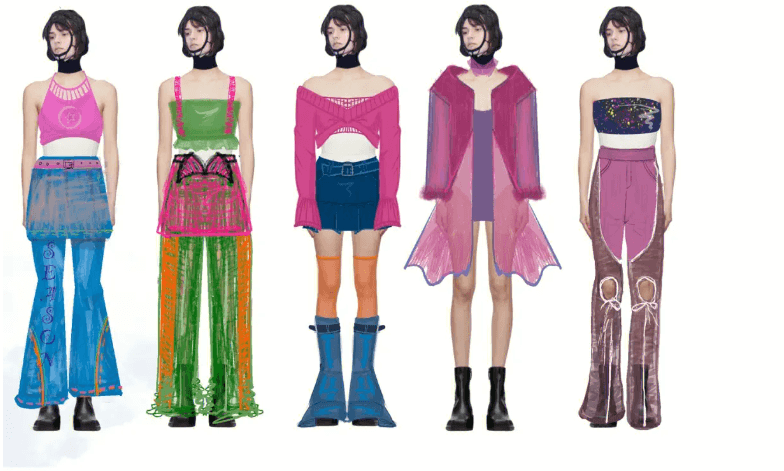The difference between subculture and y2k
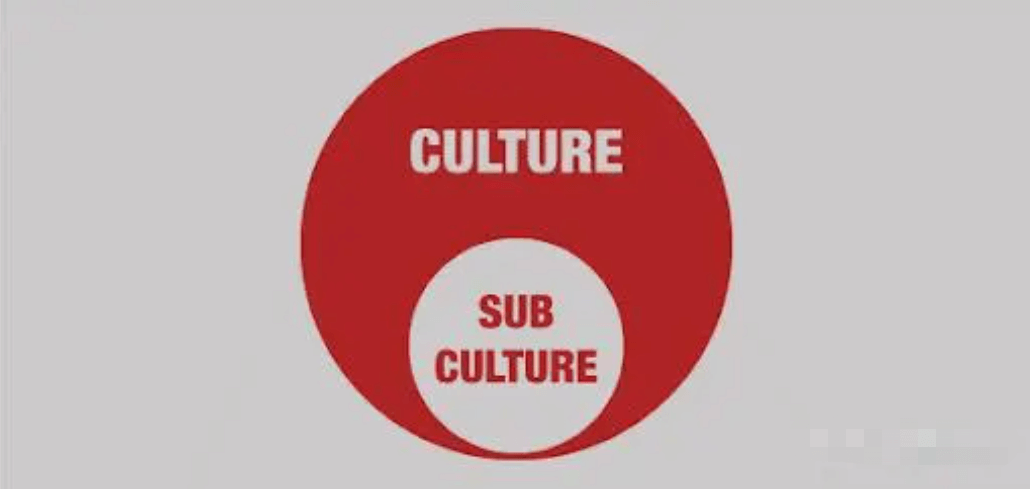
Subculture Fashion vs. Y2K Fashion: Contrasting Expressions of Identity
Subculture:
Subculture, also known as non-mainstream culture, refers to a niche culture relative to a certain mainstream culture. It is the unique concept and lifestyle of a group belonging to a certain region in the context of the main culture or comprehensive culture. Subculture not only contains values and concepts that are in common with the main culture but also has its unique values and concepts.
The manifestation of a subculture may appear in the thoughts, attitudes, habits, beliefs, and lifestyles facing things. Subcultures may arise based on different social factors such as race, economics, religion, and region. For example, age subculture can be divided into youth culture and old age culture; ecological subculture can be divided into urban culture, suburban culture, and rural culture.
In the past 30 years, with the prevalence of neoliberalism in the United Kingdom and the United States, the popularization of the Internet, and the acceleration of globalization, Western subcultural groups no longer show obvious resistance to mainstream culture, but more of a hobby and free choice. In China, with the surge of Internet culture, the term subculture has already broken into the public consciousness.
Subculture has tribal characteristics, using common interests and hobbies as totems, and things similar to beliefs to bring people of different ages and different regions together. Because its characteristics have a certain degree of closure, it is divided into communities.
A subculture that was once very popular in history
Subculture first appeared in England in the 16th century. The "Enclosure Movement" led to the influx of large numbers of farmers into the city, forming a "tramp subculture" that was incompatible with the elite group. In the 19th century, there was an immigration boom around the world, and various forms of immigrant subcultures emerged. "Deviation and crime", "gang conflicts" and "hanging out on street corners" are all typical immigrant subcultures.
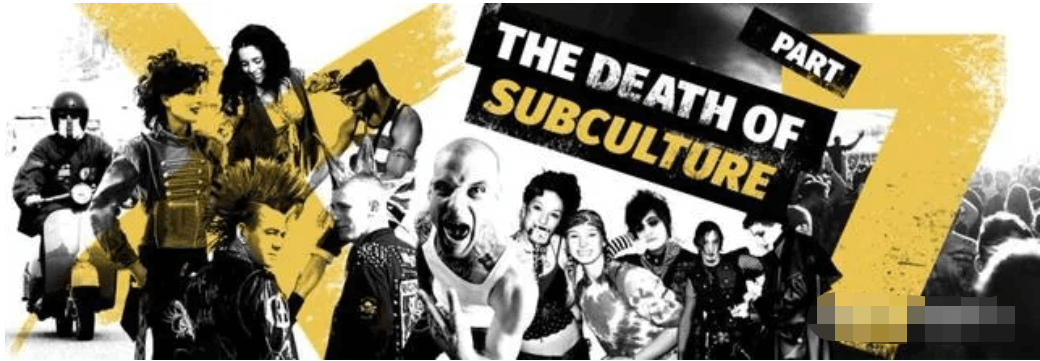
From the 1940s to the 1980s, mods, teddy boys, punks, and beatniks were subcultures with distinctive characteristics at that time.
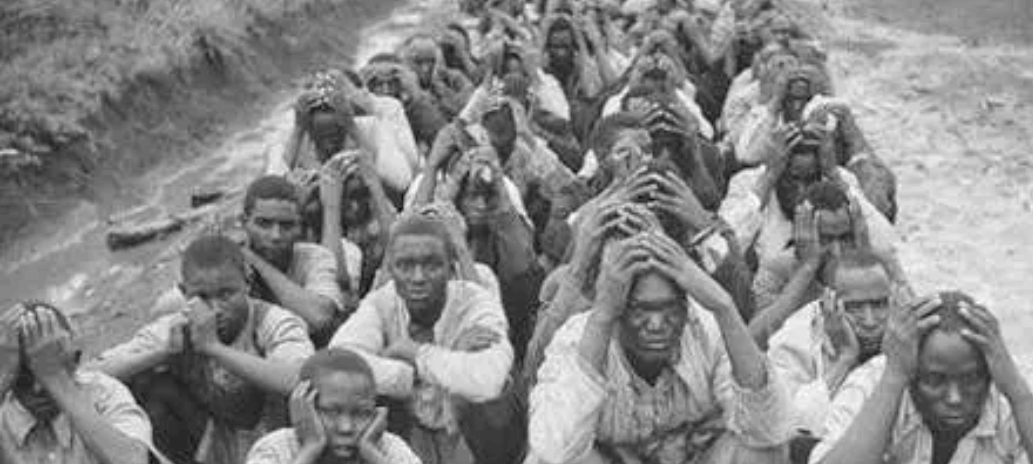
In the mid-to-late 1980s, subcultures such as hippies, glam rockers, and grungers emerged.
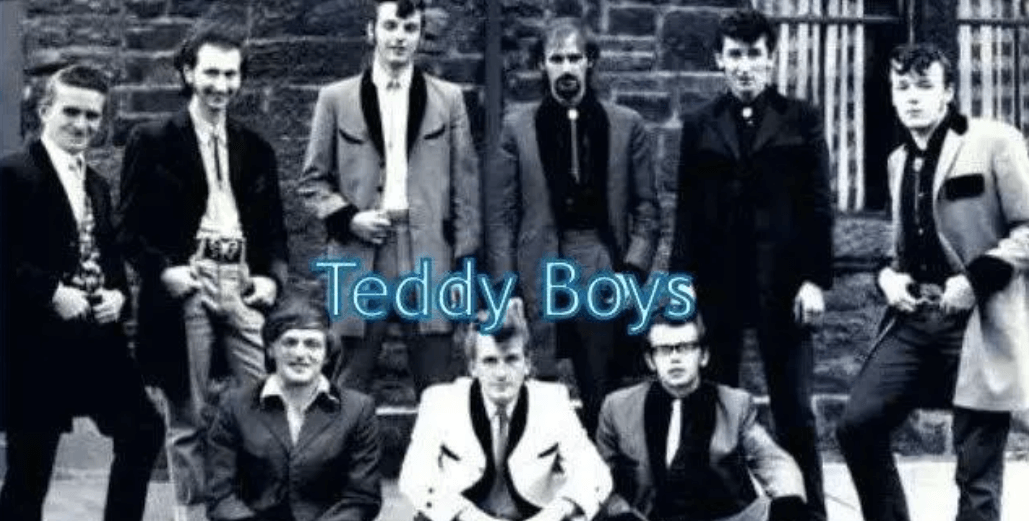
Since then, subcultural forms such as heavy metal music (metal lists), bikers (bikers), and the freak culture (the freak culture) have maintained their popularity for a long time.
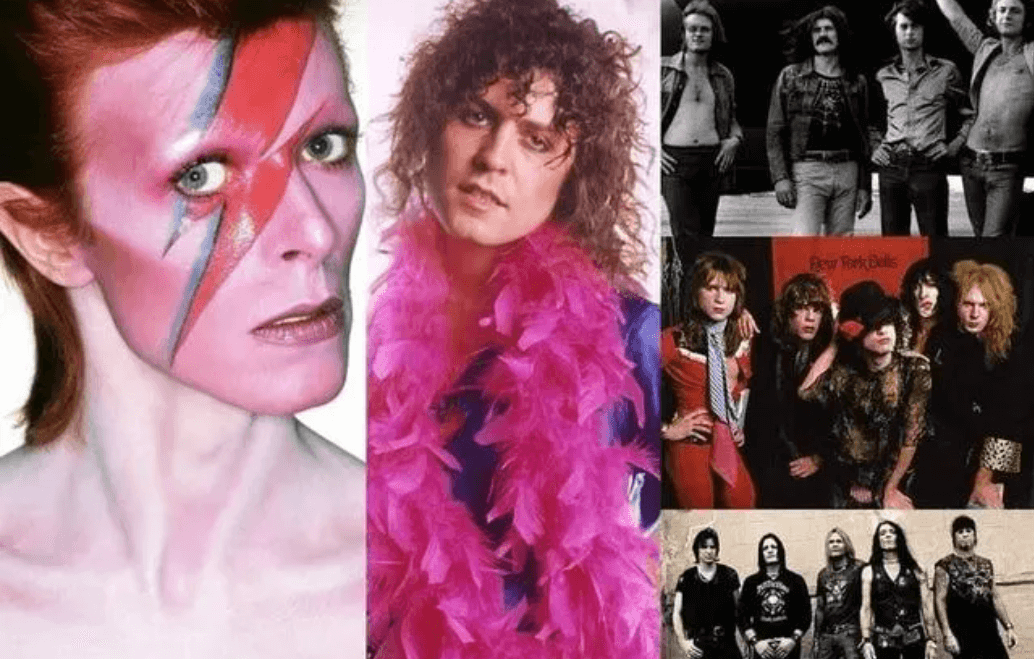
Although there are many complex forms of expression, traditional subculture types all have a common historical feature, that is, they are affected by the political, economic, and cultural factors of the time, and express dissatisfaction and dissatisfaction with mainstream culture through different forms such as prominent styles and political resistance. challenge. As a result, traditional subcultures are given political significance that deviates from mainstream values.
What is Y2K style:
Y2K aesthetics, also known as Millennial style, is a fashion and cultural style popular from the late 1990s to the early 2000s.
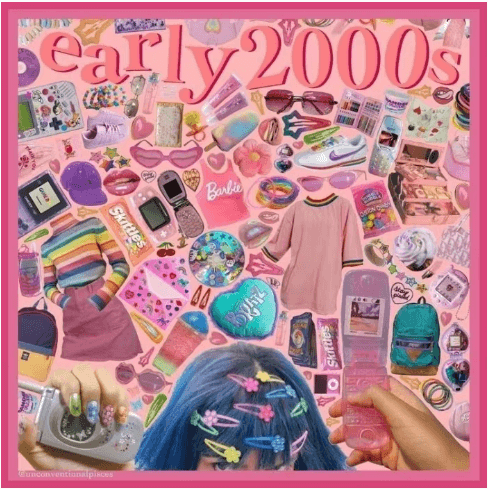
High-saturation candy colors, medium-high saturation pinks, and gradient purples dominate this style. The materials are mostly made of patent leather, PE/PVC fabrics, and laser metal textures, visually highlighting technology and futuristic design elements, including binary interfaces, low-fidelity graphics, digital grids circuit boards, etc. Y2K style emphasizes bold colors, exaggerated patterns, and unique cuts. Popular elements include loose jeans, sports jackets, and metallic clothing.
Fashion accessories focus on bright, easily recognizable tones and simple yet eye-catching design concepts. Handbags are often large and eye-catching, decorated with many decorative details, and accessories can be in the same or opposite colors to highlight the features of the accessory. Y2K style combines pure hedonism and unabashed sexiness, as well as an almost weird innocence. It is the product of people imagining the future with pleasure.
Fashion elements of the Y2K style include bright colors, bright prints, vivid coatings, childish graphics, fresh flowers, etc. Contrasting elements were popular in this era, often using bright yellow, fluorescent green, purple, orange, etc. on clothing. In addition, metallic fashion elements are one of the characteristics of the Y2K style, such as sparkling clothing, pearlescent texture, etc.
In Y2K style, basic items such as shirts, shirts, and jeans still maintain their characteristics, but they use digital printing and graphic printing for fashion updates. Embellished sleeves and matching jackets in multiple colors are featured elements. Of course, Y2K-style clothing also borrows popular elements from many other periods, such as sportswear and noir psychedelia from the 1970s and 1980s.
Y2K style fashion accessories focus on bright and easily recognizable tones and simple yet eye-catching design concepts. Handbags are usually large and eye-catching, decorated with many decorative details. Accessories can be of the same or opposite color to highlight the features of the accessory.

Overall, the Y2K style is an unforgettable fashion culture of the early 21st century. It emphasizes the combination of retro and futurism, self-expression and a unique fashion attitude while constantly pursuing new colors and materials. As the fashion industry often emphasizes, the Y2K style proves to us the diversity and innovation of fashion, while also showing our emotions and memories as time passes.

